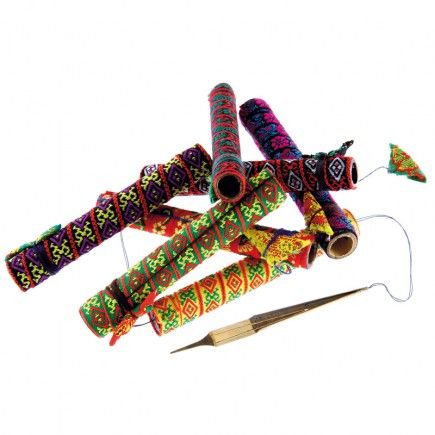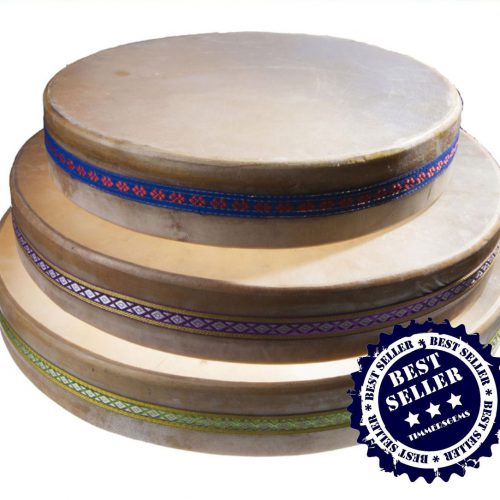Description
(top quality sound & thin walled) Nepal 0,3-1kg. the world’s most beautiful and best 7 metal and 9 metal singing bowls still come from Nepal. These are by no means comparable to the much cheaper and heavier Indian singing bowls.
Additional information
A short story about our singing bowls.
Singing bowls (also known as ‘Himalayan bowls’ or ‘rin’ or suzu gongs in Japan) are a kind of bell, specified as a standing bell and not suspended or attached to a stem. Standing bubbles touch the ground with their bottom. The walls and rim of the singing bowl vibrate and thus make a sound. Singing bowls originate from Asia and were used as part of Bon and Tantric Buddhism. Today they are found worldwide in many spiritual traditions such as Meditation, Relaxation, Health, Personal Wellness and Religious Exercise. Sound bowls originally come from Nepal, India, Japan and Korea. The best species comes from the Himalayan region and are often called Tibetan singing bowls. Origin history and use: In Buddhism, singing bowls are used to support meditation, trance and prayer. Chinese Buddhists, for example, use the singing bowl together with a wooden fish during the recitation of the prayer and hit the bowl during a certain part of their singing the so-called Sutra or Mantra. In Japan and Vietnam the bowls are often used during singing but also to interrupt and change an activity. The use of singing bowls in Tibet is the subject of many stories, some people say that they are and were used for meditation, others say that they are magical objects to transform (themselves or an object) Traditionally singing bowls are made of Panchaloha (This means 5 metals in Sanskrit) A mixture of Bronze, Copper, Tin, Zinc and other metals often with the addition of gold and/or silver and Nickel (7 metals) Antique singing bowls produce polyphonic, poliharmonic overtones that are unique to each dish. The tones described above indicate a high quality alloy of bronze. The making of singing bowls has often been described as a lost tradition and craftsmanship. Craftsmen still make a modest production in the hidden, inaccessible parts of Nepal.






Reviews
There are no reviews yet.